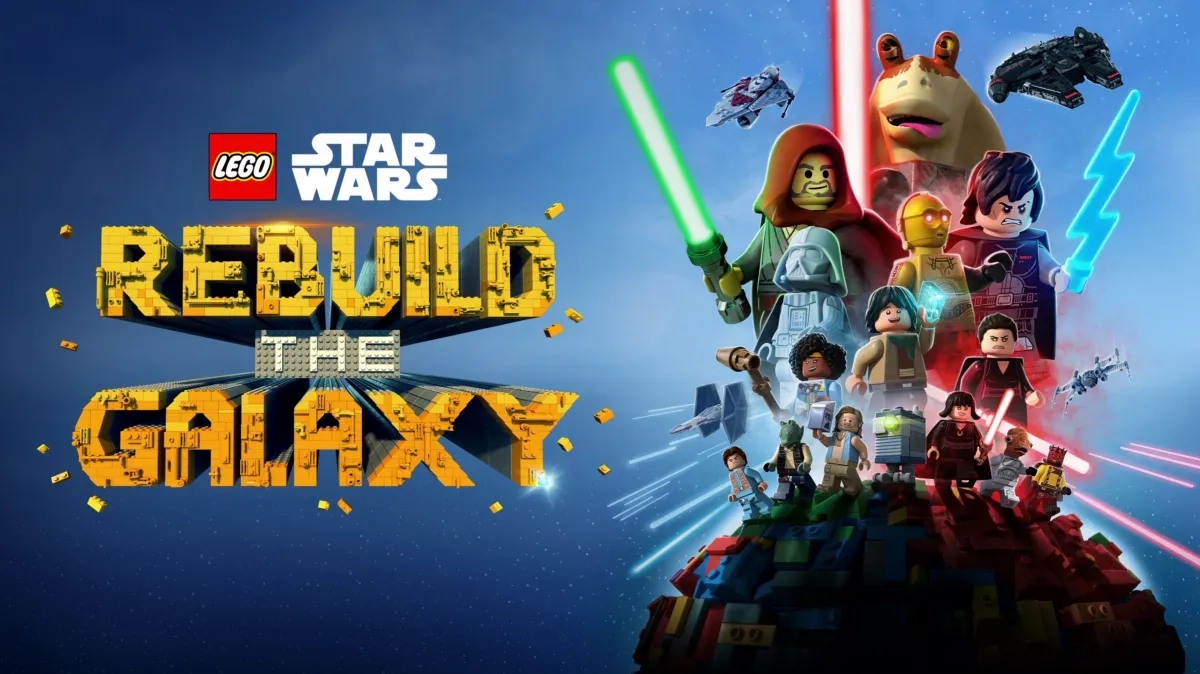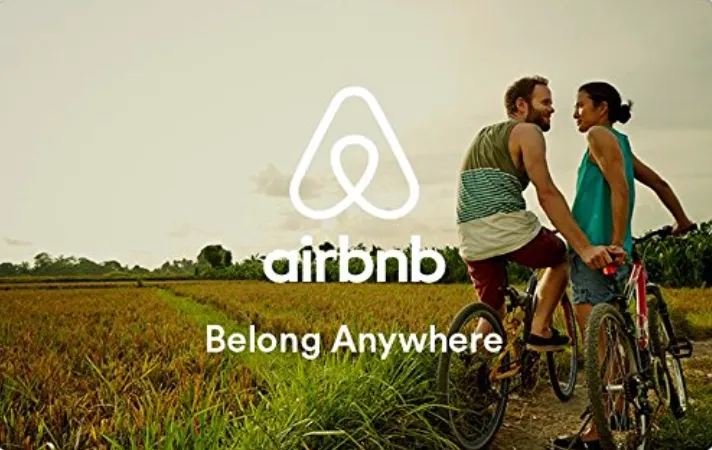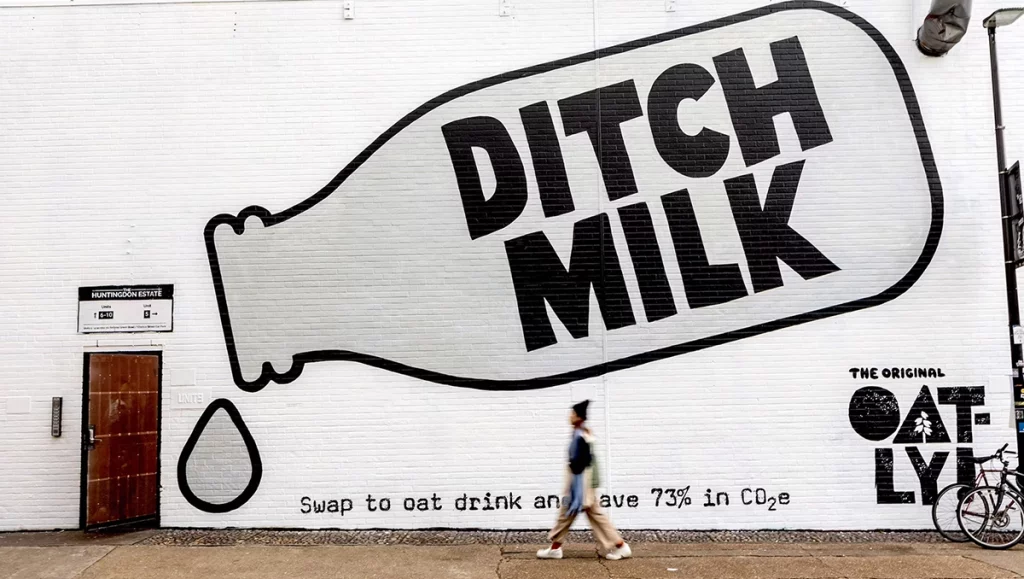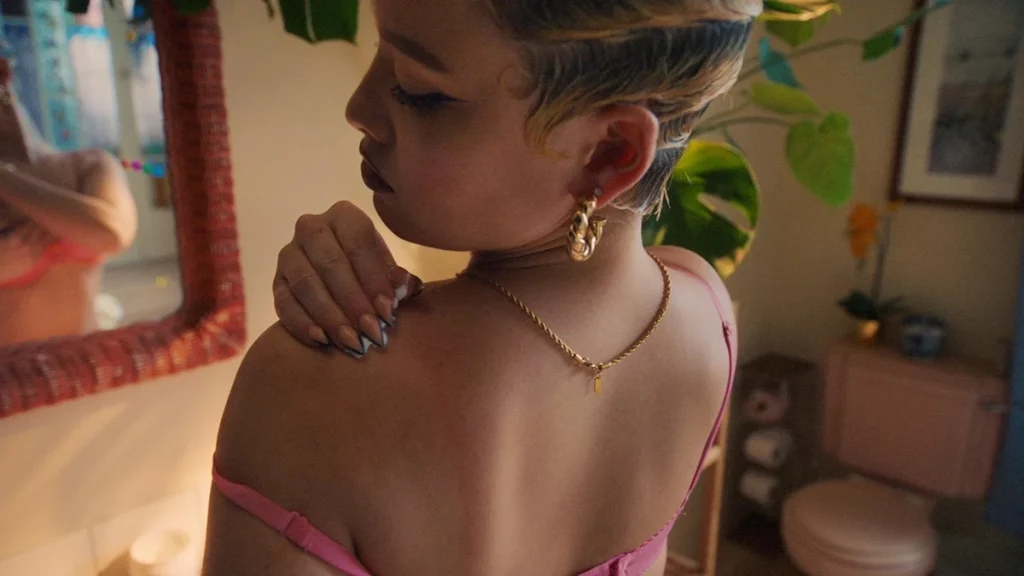Introduction
In today’s fast-moving market, staying the same is rarely a winning strategy. Customer expectations shift. Cultural values change. New competitors enter the space. To stay relevant, brands need to evolve – not once, but continuously.
But here’s the challenge: how do you adapt without losing the essence of what made your brand successful in the first place?
It’s a question that matters whether you’re shaping a new brand or managing a household name. Get it right, and evolution becomes a launchpad for growth. Get it wrong, and you risk confusing your audience – or worse, losing them altogether.
This article explores the art of brand evolution through two standout case studies – Burberry and Lego – and offers practical strategies to help marketers lead change with confidence.
Brand evolution vs rebrand: what’s the difference?
Before we dive into the how, let’s clarify the what.
Brand evolution is a process of gradual, strategic change. It keeps the core identity intact while refreshing elements like visual design, messaging, product range, or customer experience to stay relevant.
A full rebrand, on the other hand, involves a more dramatic transformation – often changing the name, logo, positioning, or even audience focus. It’s a restart, not a refresh.
In most cases, evolution is the smarter path. It protects brand equity while allowing room for innovation. Especially for established brands, evolution ensures continuity – a bridge between legacy and future.
Read about “Brand Asset Management” and “Why Brand Recognition is Important” in DMI’s blog.
Burberry: modernising heritage luxury.
Burberry is a textbook example of how a heritage brand can evolve without losing its DNA.
Founded in 1856, Burberry built its reputation on British craftsmanship and iconic outerwear, most notably the trench coat. But by the early 2000s, the brand’s image had started to slide – overexposed, inconsistent, and disconnected from younger luxury consumers.

What changed?
Under creative leads like Christopher Bailey and, more recently, Riccardo Tisci and Daniel Lee, Burberry reclaimed its heritage while embracing a new creative direction. Key changes included:
- A refreshed logo and updated visual identity
- Collaborations with modern artists and musicians
- A stronger presence in digital and social media
- A renewed focus on storytelling rooted in British identity
Burberry didn’t walk away from its legacy – it reinterpreted it for a new generation.
The result?
A brand that feels timeless and contemporary. One that honours its roots but isn’t stuck in them.
Lego: from toy maker to entertainment powerhouse.
Few brands have pivoted as successfully as Lego. From a family-run toy company in Denmark to a global entertainment empire, Lego’s evolution is a masterclass in relevance without reinvention.
In the early 2000s, Lego faced serious decline. Sales were down. Digital play was on the rise. Their traditional product model felt outdated.
What changed?
Lego chose not to abandon its core – creativity, play, and building – but instead expanded the ways people could experience those values. Key shifts included:
- Collaborations with major franchises (Star Wars, Harry Potter, Marvel)
- Launching films, games, and TV series that reinforced the Lego brand
- Engaging adult fans through the LEGO Ideas platform and architecture lines
- Investing in digital platforms and sustainability innovation
Lego didn’t try to compete with screen time – it became screen time. And in doing so, it remained deeply relevant to a new generation of builders.
 Lego Star Wars “Rebuild the Galaxy” TV series.
Lego Star Wars “Rebuild the Galaxy” TV series.
Lessons from the great evolvers.
Whether you’re working on a scrappy start-up or stewarding a legacy brand, the principles of successful evolution hold true.
Signs a Brand Might Need to Evolve:
- Customer engagement is declining
- Competitors are outpacing you
- Your visual identity feels dated
- There’s a gap between your brand and culture
- Your current message no longer resonates with your audience
Common Pitfalls to Avoid:
- Losing the brand’s voice in the rush to modernise
- Alienating loyal customers by abandoning heritage
- Making superficial changes that don’t match internal reality
- Changing too much, too fast, leading to brand confusion
Strategies for Success:
- Clarify your core
What’s non-negotiable about your brand? What do customers always associate you with? Protect that foundation. - Listen to your audience
Evolution should be informed by insight, not instinct. Monitor changing needs, tastes, and values. - Bring your internal team along
Employees need to understand and embrace the shift – evolution without internal buy-in often falls flat. - Update brand elements with purpose
From tone of voice to visual identity, make changes that enhance the brand’s relevance while keeping its spirit alive. - Tell the story of your evolution
Bring your audience on the journey. Help them understand why you’re changing and what remains the same.
Takeaway.
Burberry didn’t ditch its trench coats. Lego never stopped being about bricks. And yet, both brands are thriving today because they evolved with their audiences, not away from them.
The key isn’t transformation for transformation’s sake – it’s knowing what to keep, what to adapt, and how to bring people with you. Evolution is part strategy, part storytelling, and part courage.
For marketers steering this process, the job is to honour what makes your brand unique, while making space for growth. Done well, evolution won’t dilute your identity – it will strengthen it.
Read our case study “Authenticity in inclusive marketing – How E45 avoided tokenism with “This is my space”




